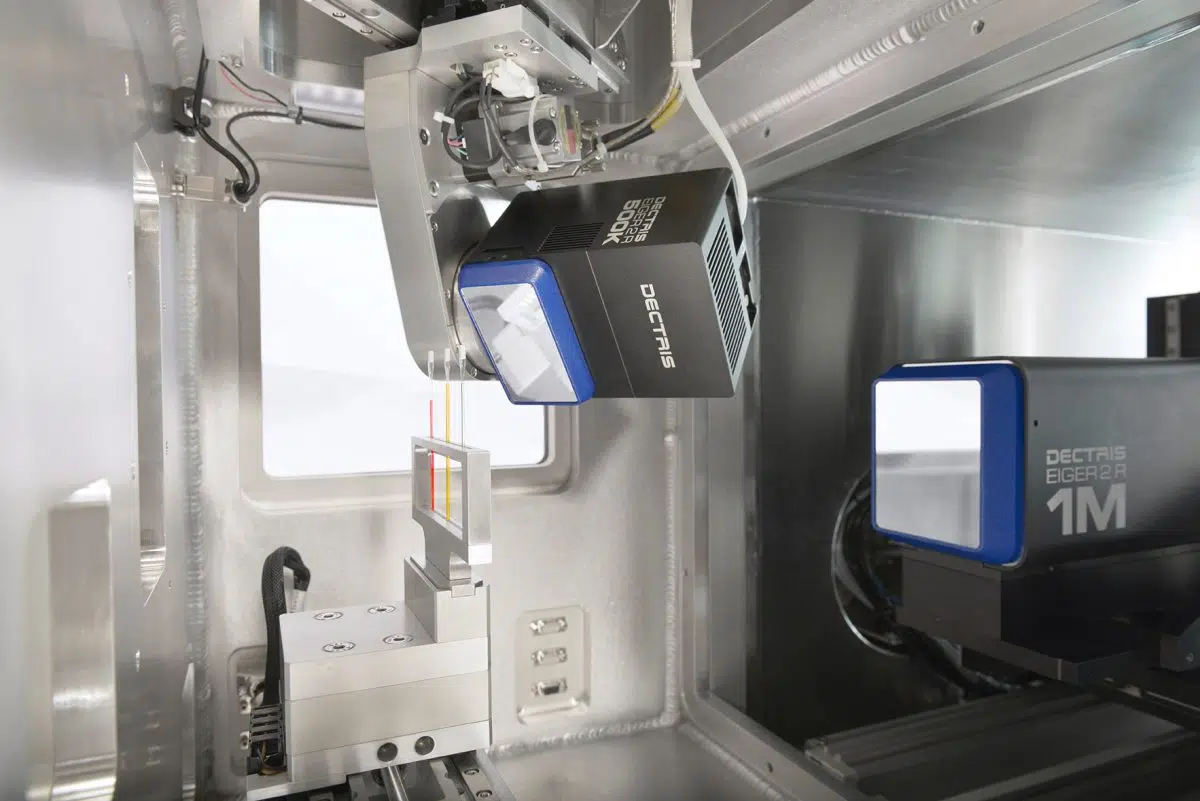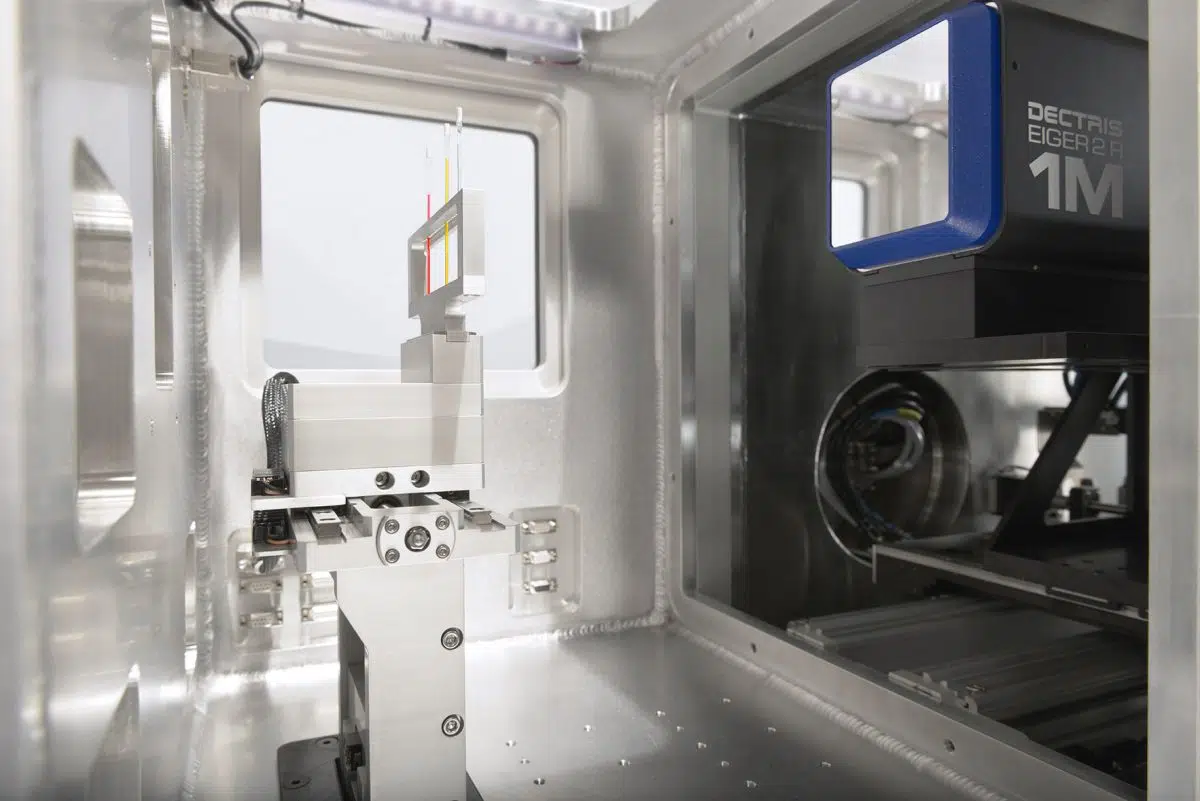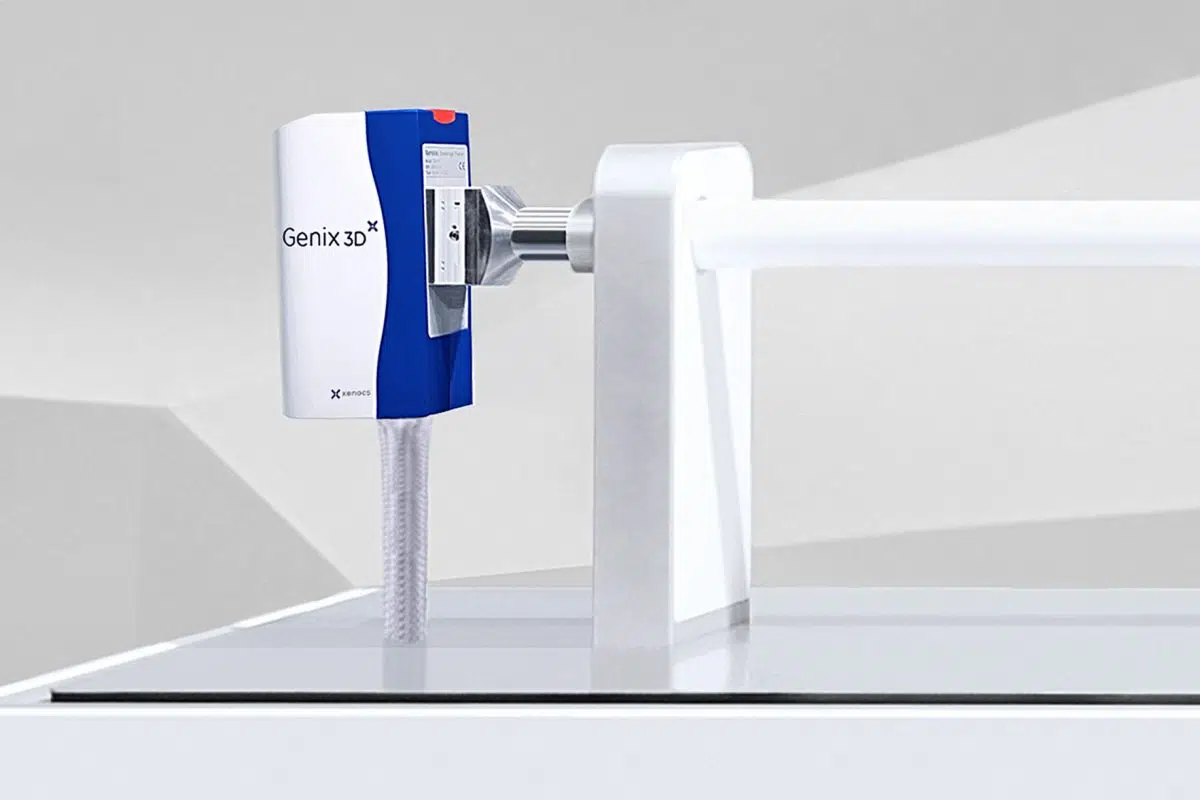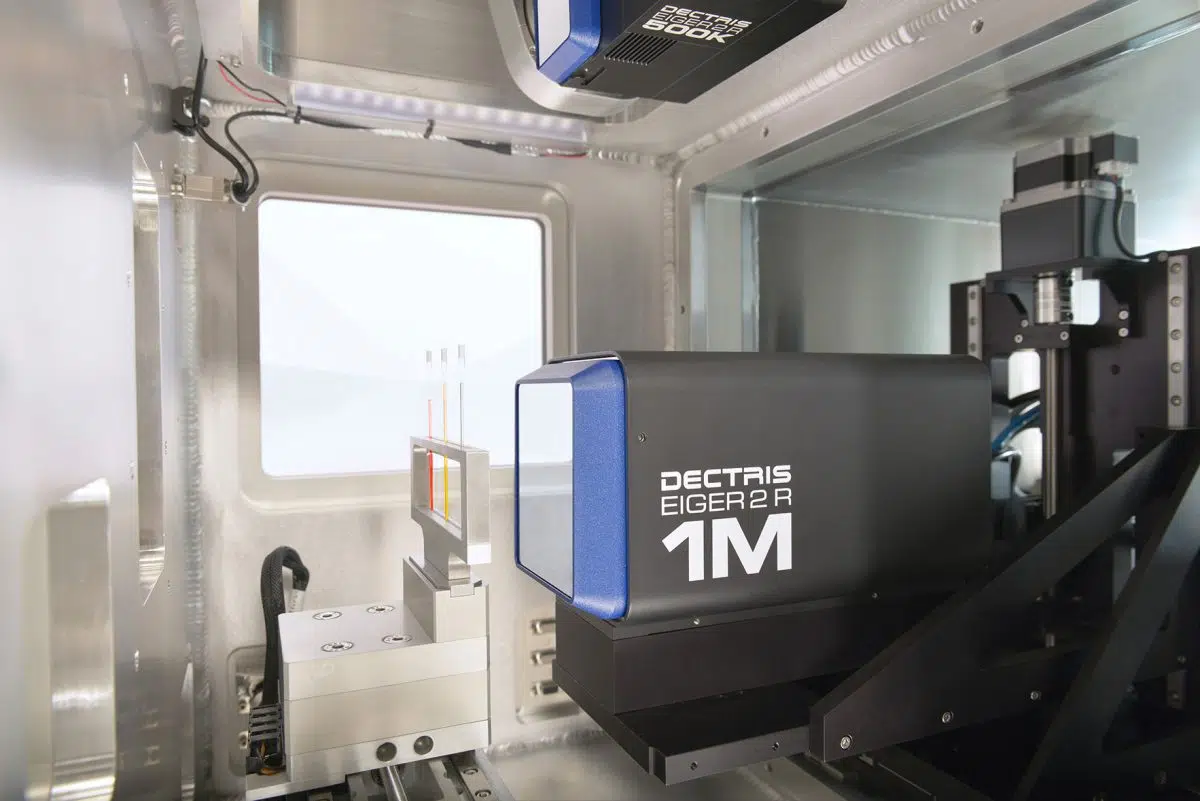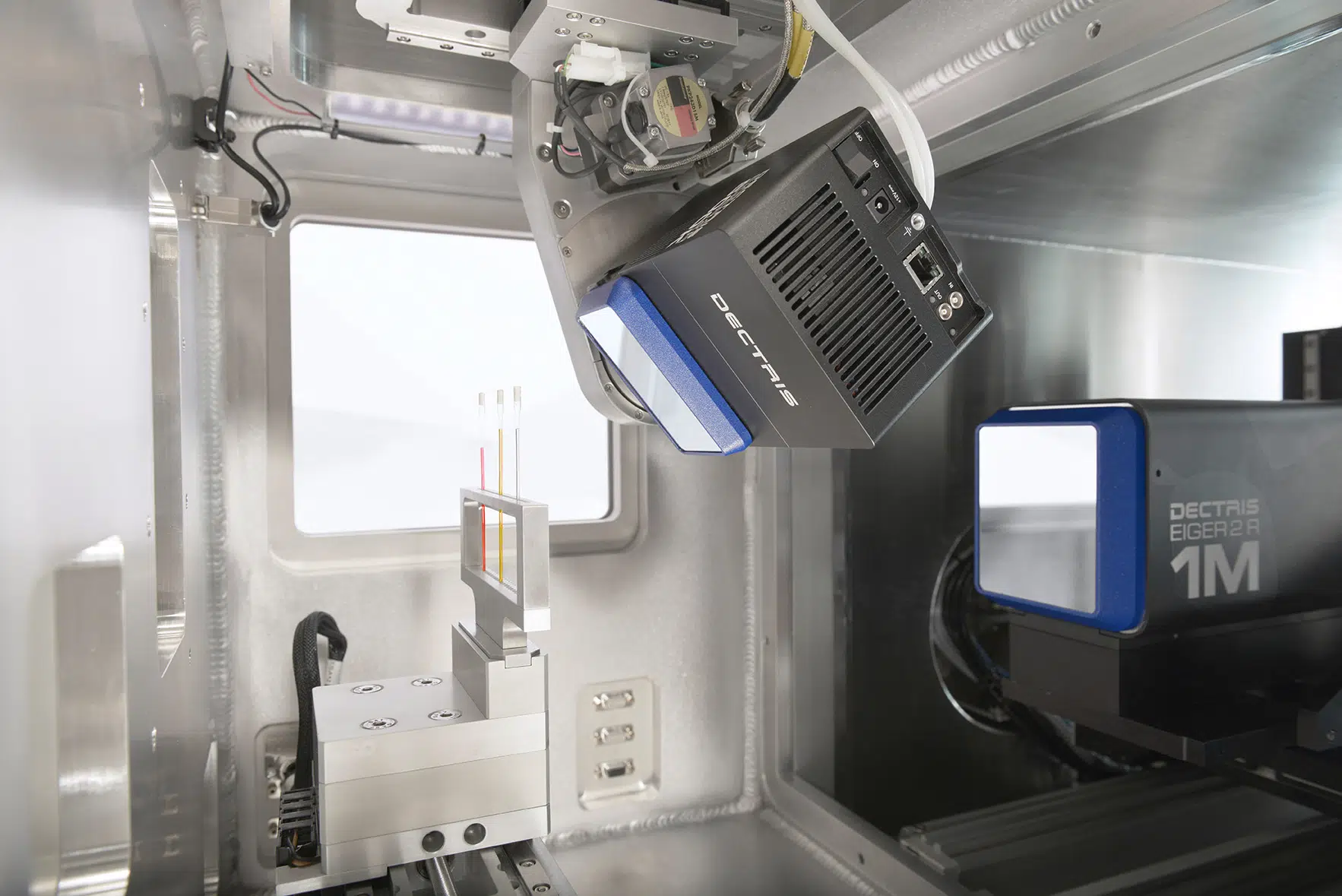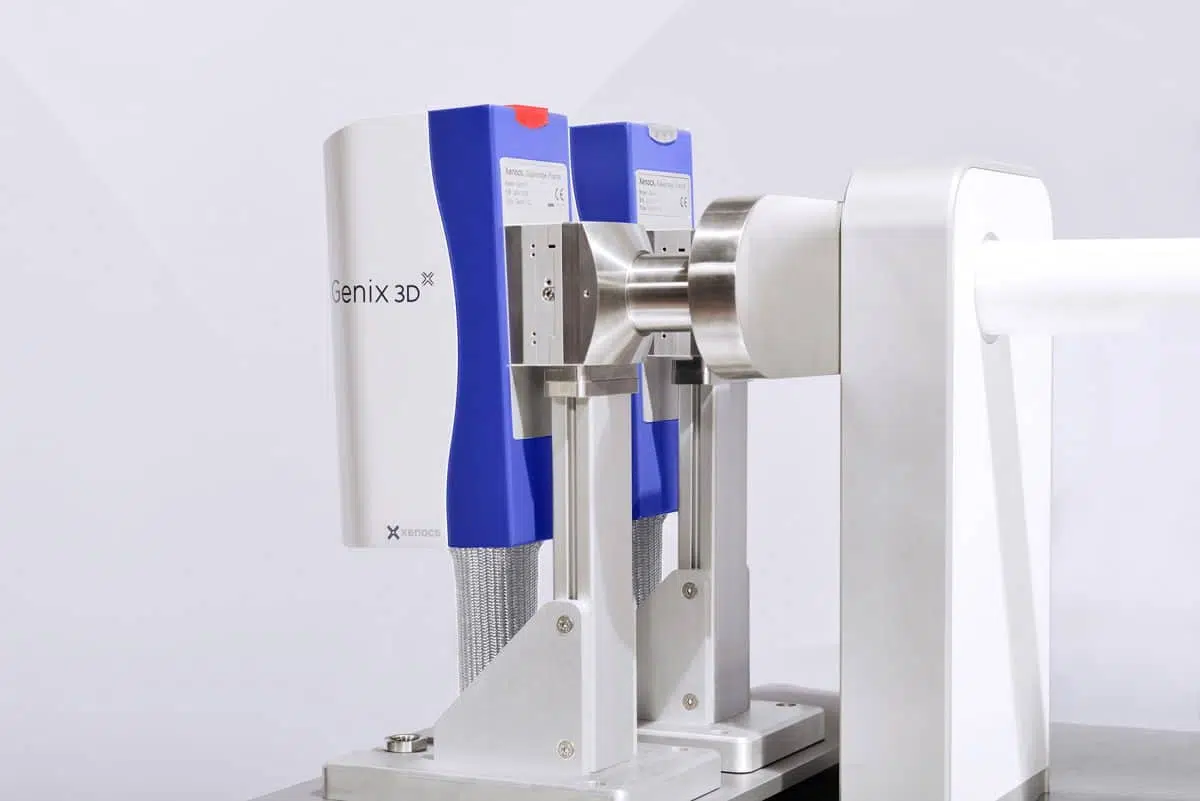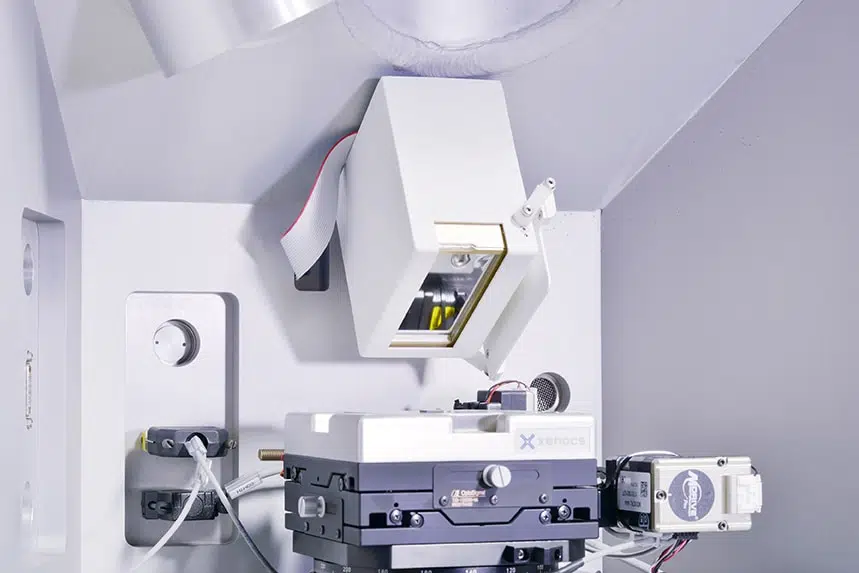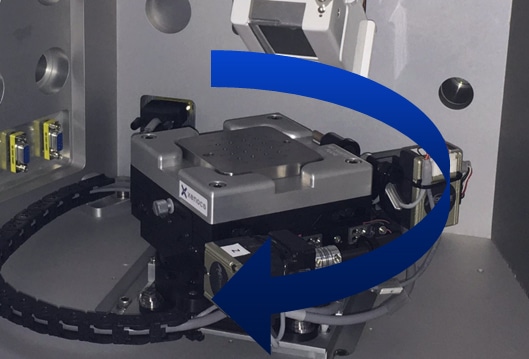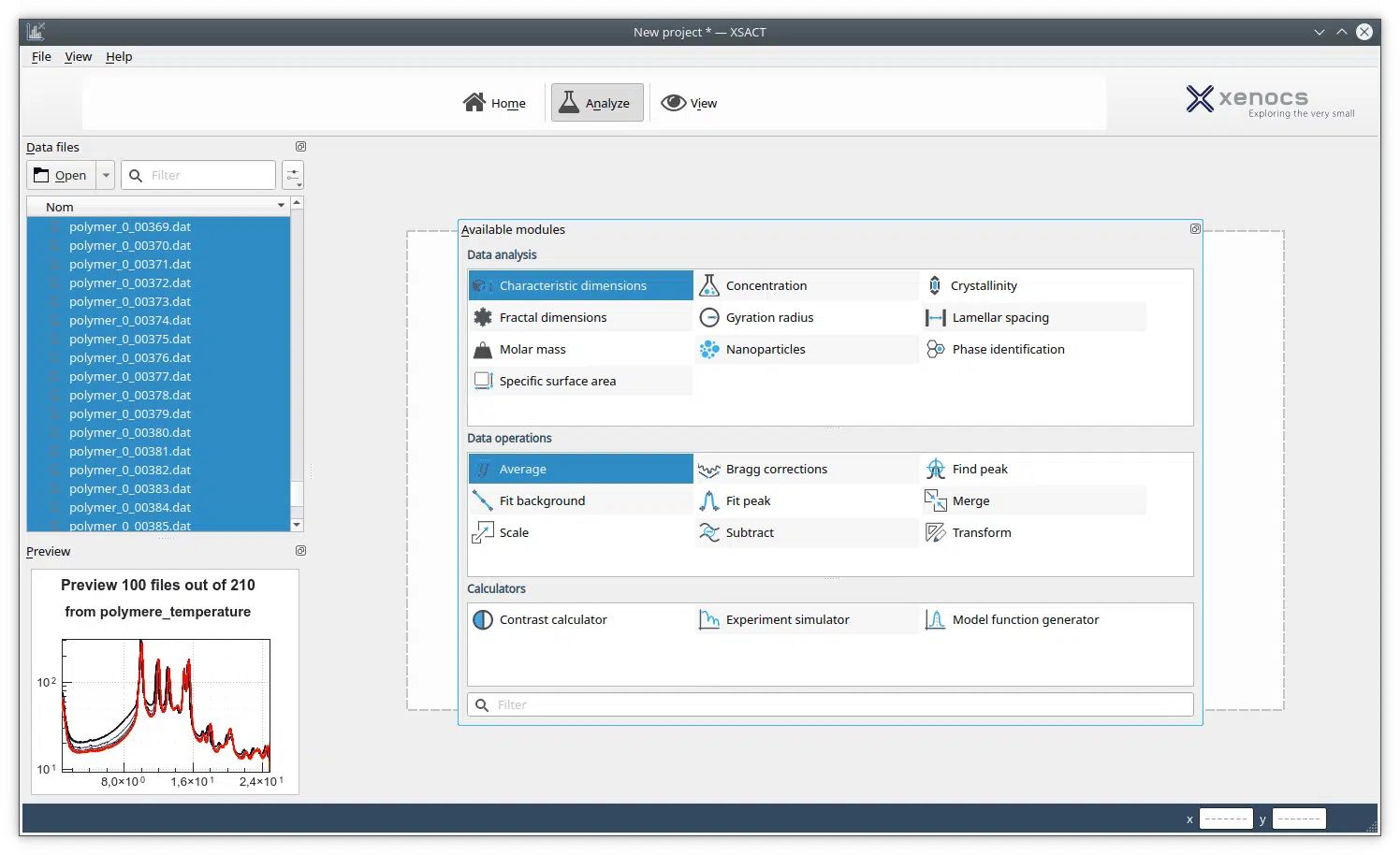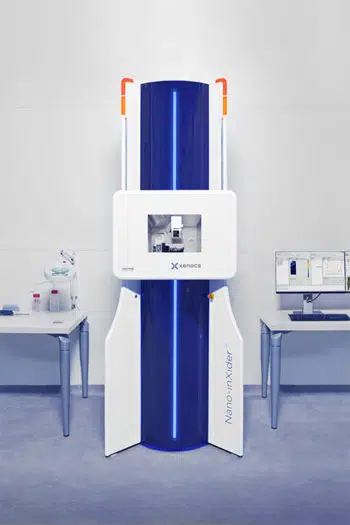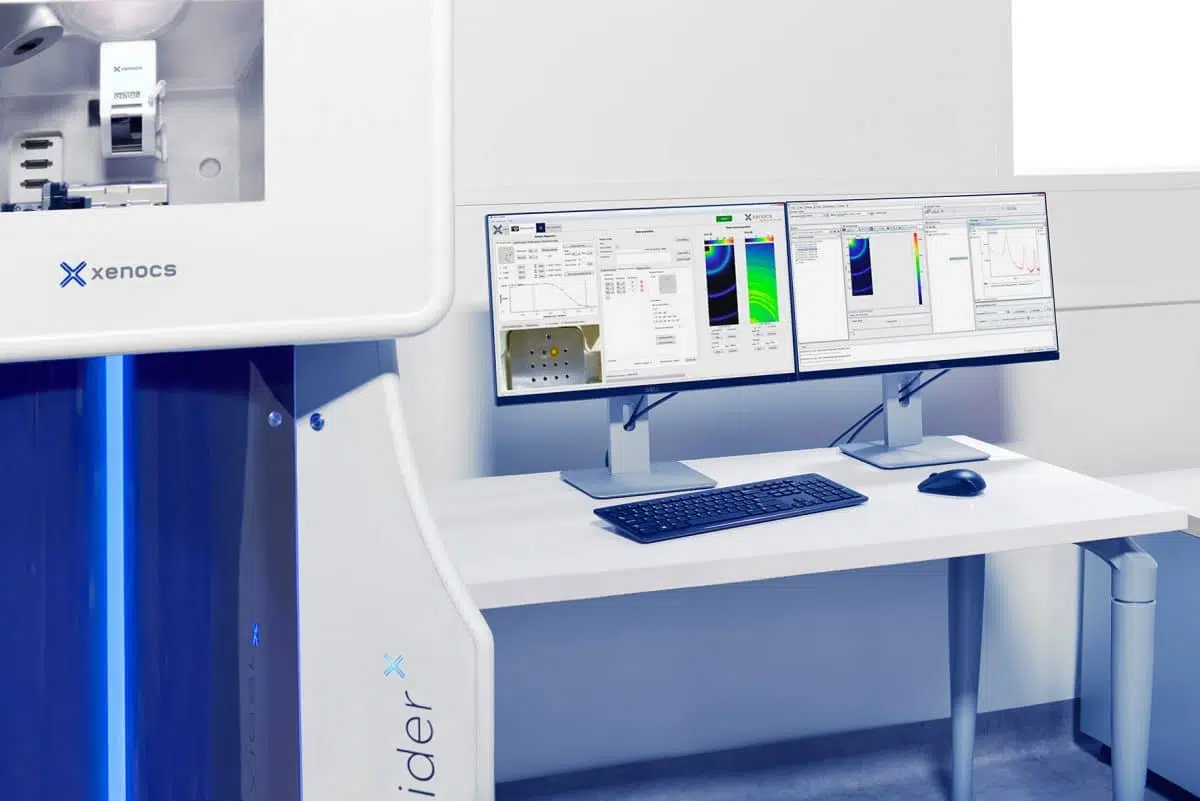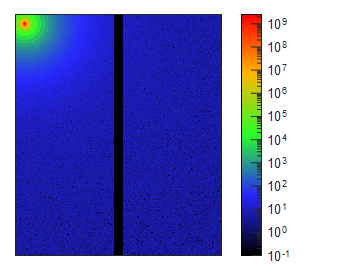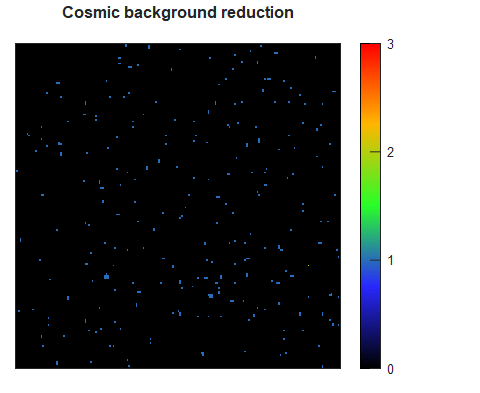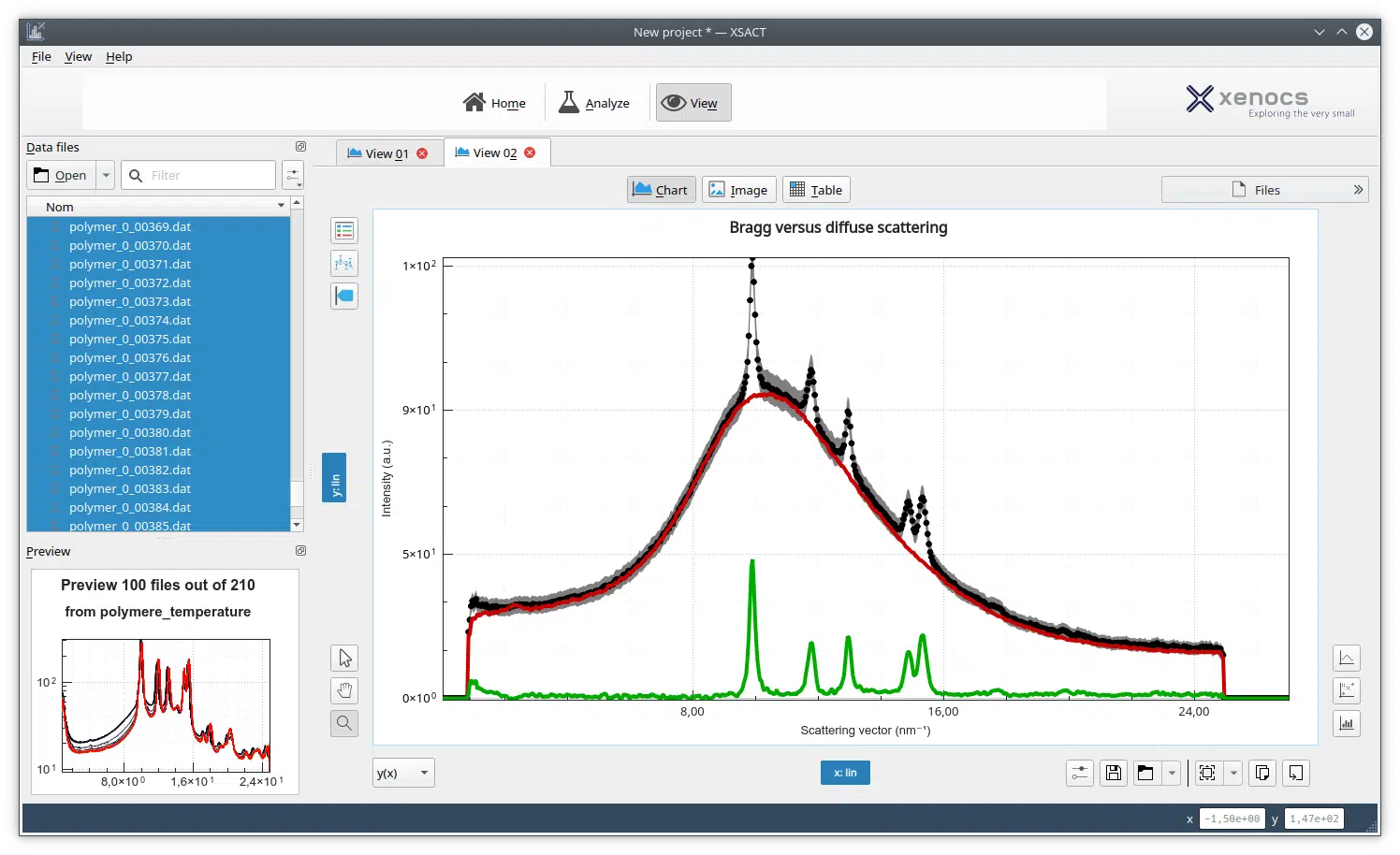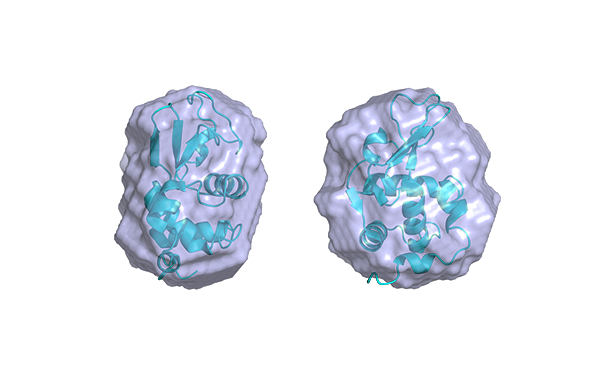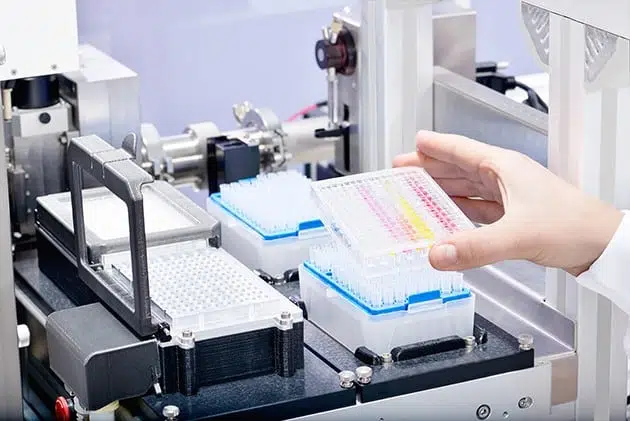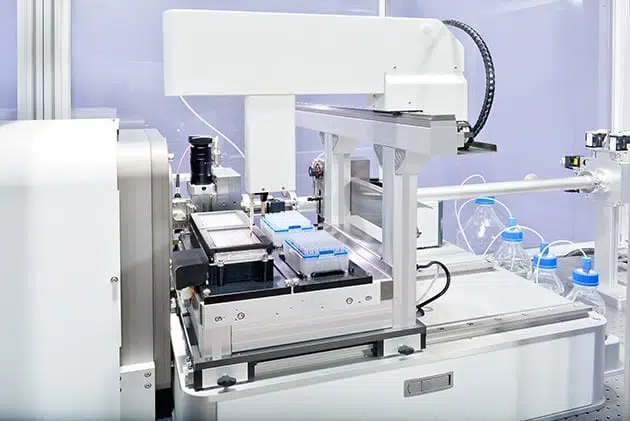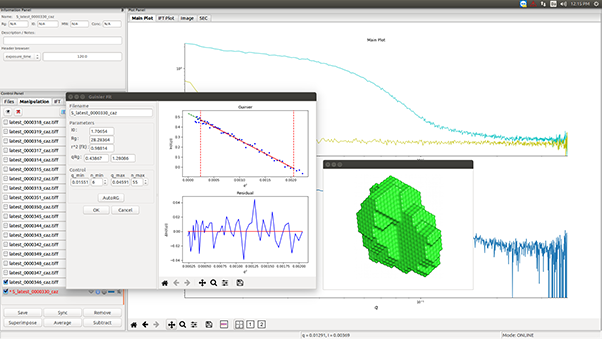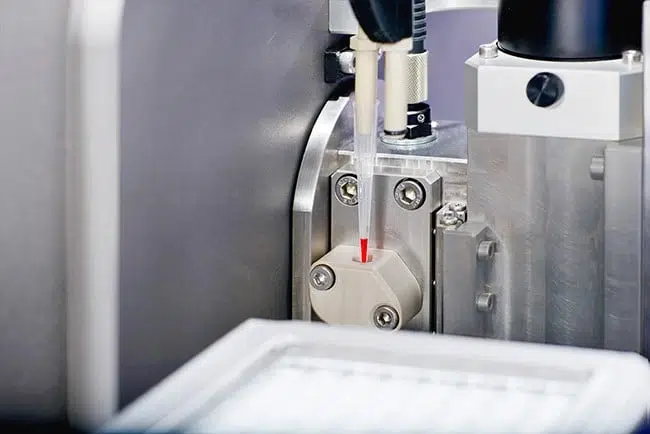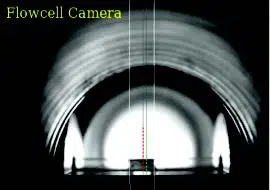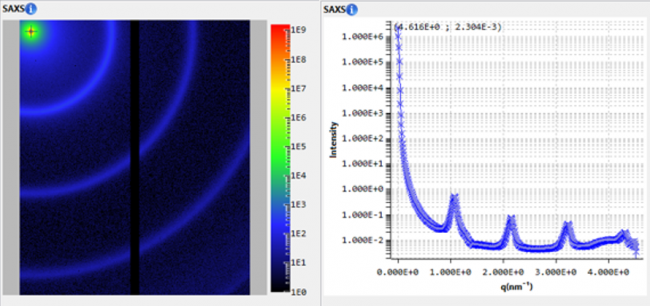WEBINAR
20th May 2025 15:00–15:45 CEST
From mixtures to models: exploring macromolecular complexes with laboratory SEC-SAXS
From mixtures to models: exploring macromolecular complexes with laboratory SEC-SAXS
Size-exclusion chromatography coupled with small-angle X-ray scattering (SEC-SAXS) has become a powerful method to study the solution structures of biomolecular complexes and heterogeneous samples. In this webinar, we introduce a unique laboratory-based SEC-SAXS setup, tailored for the structural analysis of proteins, macromolecular assemblies, and dynamic mixtures. We will present the instrumental configuration, share best practices for data collection and troubleshooting, and guide participants through the data analysis workflow. Published case studies from our lab will illustrate the practical impact of SEC-SAXS in uncovering structural insights from challenging samples. This session is designed for structural biologists, biochemists, and researchers interested in advanced solution-state biophysics.

Key points
- Laboratory SEC-SAXS provides unique access to structural data from heterogeneous or unstable macromolecular samples, without relying on synchrotron time.
- Instrumentation and method optimization (flow rate, column selection, data synchronization) are critical for maximizing resolution and data quality.
- SEC-SAXS is particularly powerful for studying transient complexes, mixtures, and flexible systems, where traditional structural methods may fall short.
- Published examples demonstrate its impact in characterizing protein-protein interactions, conformational variability, and oligomeric states in biologically relevant conditions using laboratory SEC-SAXS.
Presented by:
Normand Cyr, PhD is a research scientist and the core facility manager of the structural biology platform at the Center for Innovative Biomedicine at the Université de Montréal. His work spans structural biology, biophysics, and biochemistry, with applications in understanding complex macromolecular systems and their roles in health and disease.
Dr. Cyr’s scientific career began with work in biochemical engineering, then protein NMR spectroscopy, and infectious disease research, providing him with a robust foundation in both the mechanistic and functional characterization of biomolecules. This experience now informs his focus on solution-state structural methods, particularly for studying dynamic complexes, heterogeneous mixtures, and transient interactions.
Through his role at the structural biology core, Dr. Cyr supports a wide range of collaborative projects, offering expertise in instrumentation, experimental design, and data analysis. He takes a practical approach to open science and cross-disciplinary collaboration, aiming to make solution-based structural methods more accessible and effective for studying biomolecular function. His work contributes to a growing number of peer-reviewed publications and continues to connect practical innovation with biological insight.
Registration
Registration is free. Your registration is pending until the final confirmation from the organizers.







